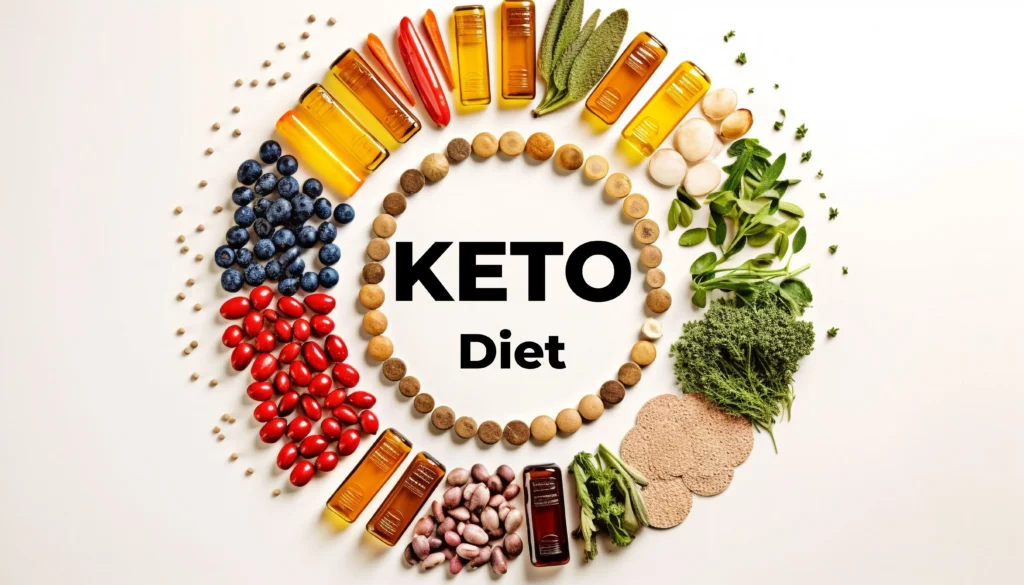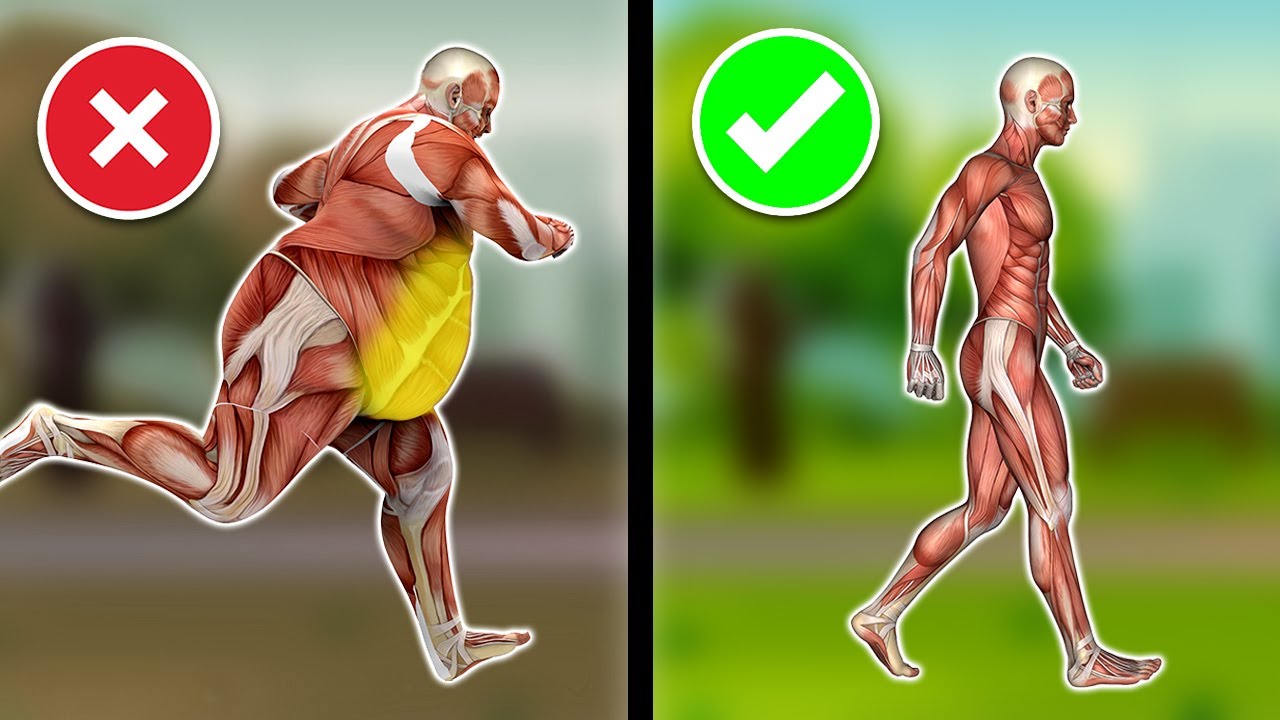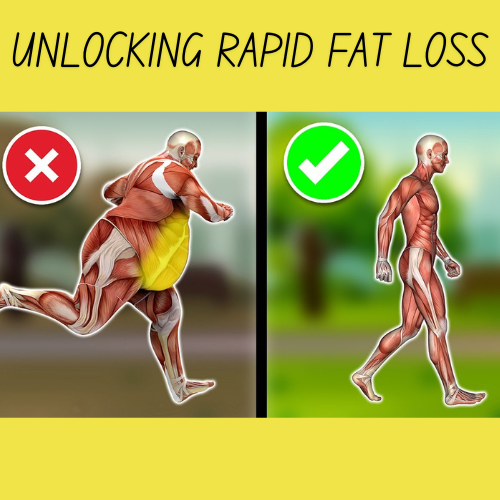2: Why Is My Face Chubby But I’m Skinny?
Exploring Facial Fat Distribution
If you’ve ever wondered why your face appears chubby despite having a slim body, you’re not alone. Facial fat distribution is influenced by various factors, and understanding them can provide insights into why some individuals have fuller faces even when they are otherwise thin.
Genetic Factors
Genetics play a significant role in determining how and where your body stores fat. Some people are genetically predisposed to store fat in specific areas, including the face. This can result in a chubby or fuller appearance, even if they have a low body mass index (BMI) or are generally slim.
Age and Facial Structure
As we age, changes in facial structure and skin elasticity can also contribute to a chubby or fuller face. Skin tends to lose its firmness over time, leading to sagging and the appearance of more prominent fat deposits. This effect can be exacerbated if there is a genetic predisposition to store fat in the face.
Body Composition
Even if you have a low overall body fat percentage, specific areas of your body, including the face, may still retain fat. Body composition varies from person to person, and factors such as muscle mass and bone structure can influence how fat is distributed throughout the body.
Water Retention and Diet
Dietary habits can also impact facial appearance. Diets high in sodium can lead to water retention, causing the face to appear bloated or chubby. Additionally, consuming excessive sugars and processed foods can contribute to weight gain, including in the face.
Hormonal Influences
Hormonal changes, such as fluctuations in estrogen and testosterone levels, can affect fat distribution throughout the body, including in the face. Women, for example, may notice changes in facial fat distribution during pregnancy or menopause due to hormonal shifts.
Ethnicity and Cultural Factors
Ethnicity can also play a role in facial fat distribution. Different ethnic groups may have distinct patterns of fat distribution, influencing facial appearance. Cultural factors, such as dietary practices and lifestyle habits, can further contribute to variations in facial fat distribution among populations.
Psychological Factors
Psychological factors, including stress and emotional eating, can indirectly affect facial fat accumulation. Chronic stress may lead to unhealthy eating habits and weight gain, including in the face, as individuals may turn to comfort foods high in sugars and fats.
Understanding why your face may appear chubby despite being skinny involves considering a combination of genetic, age-related, dietary, hormonal, and cultural factors. While some aspects of facial fat distribution may be beyond your control, adopting healthy lifestyle habits such as a balanced diet, regular exercise, and stress management can help maintain a healthy weight and promote a more defined facial appearance over time.
In the following sections, we will delve deeper into practical strategies, exercises, and dietary recommendations specifically designed to help you reduce facial fat and achieve a slimmer, more sculpted face. By implementing these strategies consistently and understanding your unique body composition, you can work towards achieving your aesthetic goals effectively.
3: Effective Strategies to Lose Face Fat
How to Lose Face Fat and Double Chin
Losing face fat and reducing a double chin requires a comprehensive approach that combines dietary adjustments, targeted exercises, and lifestyle changes. While spot reduction is not entirely possible, focusing on overall weight loss and facial toning can help achieve a slimmer and more defined facial appearance.
1. Healthy Diet
A balanced and nutritious diet is fundamental to reducing face fat. Focus on:
- Lean Proteins: Include lean proteins such as chicken, fish, tofu, and legumes in your diet. Protein helps build and repair tissues, including facial muscles.
- Fruits and Vegetables: These are rich in vitamins, minerals, and antioxidants that support overall health and aid in weight management.
- Whole Grains: Opt for whole grains like brown rice, quinoa, and oats, which provide sustained energy and fiber to keep you full longer.
Avoid or limit:
- Processed Foods: These are often high in sugars, unhealthy fats, and empty calories that can contribute to weight gain, including in the face.
- Excessive Sodium: High sodium intake can lead to water retention, causing facial bloating. Opt for low-sodium alternatives and avoid adding extra salt to meals.
2. Hydration
Staying well-hydrated is crucial for overall health and can help reduce facial bloating caused by water retention. Aim to drink at least 8 glasses of water per day, and more if you exercise or live in a hot climate.
3. Facial Exercises
Facial exercises can help strengthen and tone the muscles of your face and neck, reducing the appearance of a double chin and promoting a more defined jawline. Try these exercises:
- Chin Lifts: Lift your chin towards the ceiling while keeping your lips closed. Hold for a few seconds and repeat several times.
- Cheek Puff Exercise: Puff your cheeks with air, hold for a few seconds, and then release. Repeat several times to work the muscles in your cheeks.
- Jaw Release: Open your mouth wide and then close it slowly while feeling the stretch in your jaw muscles. Repeat several times.
4. Cardiovascular Exercise
Incorporate regular cardio workouts into your routine to burn calories and reduce overall body fat, including in the face. Activities like jogging, cycling, swimming, or dancing can be effective.
5. Avoid Alcohol and Caffeine
Both alcohol and caffeine can dehydrate your body, leading to water retention and facial bloating. Limit your intake and opt for hydrating beverages like water or herbal teas instead.
6. Adequate Sleep
Getting enough quality sleep is essential for overall health and well-being, including maintaining a healthy weight. Aim for 7-9 hours of sleep per night to support your body’s natural processes, including fat metabolism.
7. Manage Stress
Chronic stress can contribute to weight gain and impact overall health, including facial appearance. Practice stress-reducing techniques such as yoga, meditation, or deep breathing exercises to help manage stress levels effectively.
By implementing these effective strategies consistently, you can reduce face fat, minimize a double chin, and achieve a more sculpted facial appearance over time. Remember that individual results may vary based on factors such as genetics and overall health, but adopting a healthy lifestyle can contribute to long-term facial fat reduction and improved self-confidence.
In the following sections, we will explore specific tips for quick results, fat-burning foods, and additional lifestyle changes that can further support your goal of slimming your face and enhancing facial contours.
4: How to Reduce Face Fat in 7 Days
Practical Tips for Quick Results
Reducing face fat in a short period, such as seven days, requires dedication to targeted strategies that promote fat loss and reduce water retention. While significant changes may not be drastic within such a brief timeframe, these tips can help kickstart your journey to a slimmer face.
1. Reduce Sodium Intake
High sodium levels can cause water retention, leading to facial bloating. Avoid processed foods, canned soups, and salty snacks, opting instead for fresh ingredients and seasoning meals with herbs and spices.
2. Increase Water Consumption
Drinking plenty of water helps flush out toxins and excess sodium from your body, reducing facial puffiness. Aim to drink at least 8-10 glasses of water per day, and consider adding hydrating foods like cucumbers and watermelon to your diet.
3. Facial Massage
Regularly massaging your face can improve blood circulation and lymphatic drainage, which can reduce fluid buildup and puffiness in the face. Use gentle upward strokes and circular motions with a facial roller or your fingertips.
4. Limit Alcohol and Caffeine
Both alcohol and caffeine can dehydrate your body, causing water retention and exacerbating facial bloating. Minimize consumption of alcoholic beverages and caffeinated drinks, opting instead for herbal teas or infused water.
5. Eat Whole Foods
Focus on a diet rich in whole foods such as fruits, vegetables, lean proteins, and whole grains. These foods are nutrient-dense, promote satiety, and support overall health while reducing calorie-dense and processed options that can contribute to weight gain.
6. Facial Exercises
Incorporate targeted facial exercises into your daily routine to tone and strengthen facial muscles. Exercises like chin lifts, cheek puff exercises, and jaw releases can help define your jawline and reduce the appearance of a double chin.
7. Get Sufficient Sleep
Quality sleep is essential for overall health and well-being, including weight management. Aim for 7-9 hours of sleep each night to support your body’s natural processes, including hormone regulation and metabolism.
8. Reduce Stress
Chronic stress can lead to weight gain and contribute to facial bloating. Practice stress-reducing techniques such as yoga, meditation, or deep breathing exercises to promote relaxation and improve overall health.
9. Posture Awareness
Maintaining good posture can help prevent neck and facial muscle strain, which can contribute to a sagging appearance. Sit and stand tall, keeping your shoulders back and your chin parallel to the ground.
10. Monitor Your Progress
Keep track of your daily habits and any changes you notice in your facial appearance. While immediate results may not be dramatic, small changes over time can lead to significant improvements in reducing face fat and achieving a more sculpted look.
While it’s unrealistic to expect drastic changes in just seven days, following these practical tips can help reduce facial bloating, enhance facial contours, and kickstart your journey to a slimmer face. Consistency is key, and combining these strategies with a healthy lifestyle can contribute to long-term facial fat reduction and improved overall well-being.
In the following sections, we will delve deeper into specific exercises, foods that aid in fat burning, and additional lifestyle adjustments that can further support your goal of achieving a more defined facial appearance.





